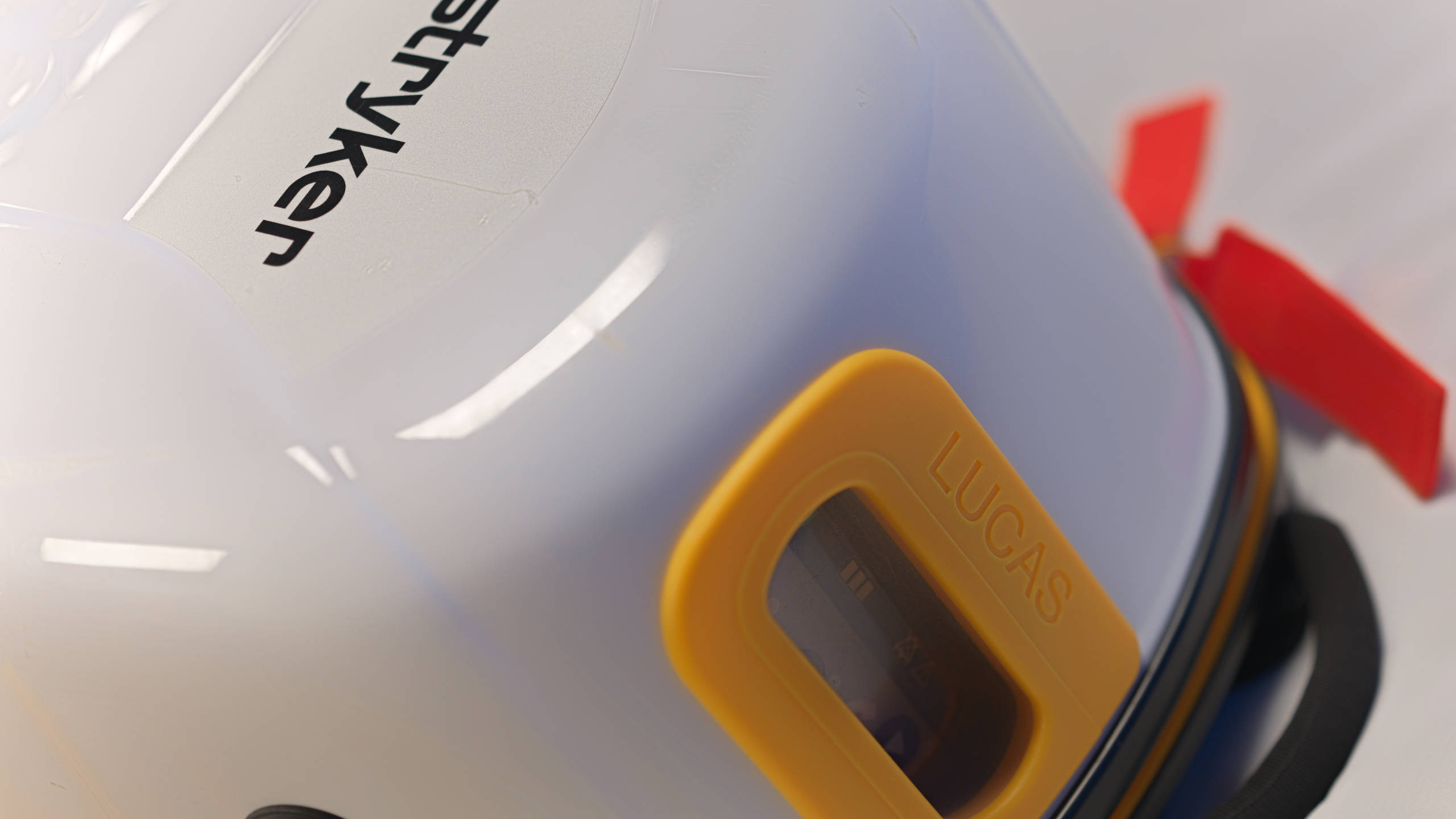
Mechanical Chest Compression
Acute Care Common Stem (ACCS)Use this resource in conjunction with your real-world training

Experience Summary
In this 360-degree video, observe the use of a mechanical chest compression device in cardiopulmonary resuscitation.
Clinical Context
Mechanical chest compression devices are used during cardiopulmonary resuscitation (CPR) to deliver consistent, high-quality chest compressions in patients experiencing cardiac arrest. These devices are especially useful in situations where maintaining manual compressions is difficult or potentially compromised, such as during prolonged resuscitation efforts, transport, catheterisation lab procedures, or in settings with limited personnel.
The most common types of devices include piston-driven systems (e.g., LUCAS device) and load-distributing band systems (e.g., AutoPulse). Clinical studies suggest mechanical CPR can provide more consistent depth and rate of compressions compared to manual efforts, reducing the risk of fatigue-related deterioration in performance. However, current guidelines emphasise that these devices should supplement, not delay, standard resuscitative efforts, and their use should be guided by institutional protocols and personnel training.
Steps of Using a Mechanical Chest Compression Device:
- Initial Manual CPR and Assessment:
- Begin high-quality manual chest compressions immediately upon recognition of cardiac arrest.
- Follow standard Advanced Life Support algorithms, including airway management and defibrillation as needed.
- Identify the need for a mechanical device (e.g., prolonged arrest, in-transport CPR, small team size).
- Device Preparation:
- Retrieve the appropriate mechanical CPR device and ensure it is fully charged and functional.
- Confirm all components (backboard, compression piston/band, straps) are present and intact.
- Quickly brief team members to minimise interruptions during application.
- Positioning the Device:
- Pause compressions briefly (<10 seconds ideally) to position the backplate or band beneath the patient.
- Align the compression mechanism (piston or band) with the lower half of the patient’s sternum, as per device guidelines.
- Ensure the patient is lying on a firm surface for optimal compression depth.
- Securing and Activating the Device:
- Secure the patient within the device (straps if needed).
- Activate the device to begin compressions, ensuring correct rate (typically 100–120/min) and depth (at least 5 cm).
- Observe for full chest recoil and adjust alignment if necessary.
- Ongoing Monitoring and Care:
- Continue standard resuscitation measures (airway management, IV/IO access, medication administration).
- Monitor for return of spontaneous circulation (ROSC) and reassess device positioning periodically.
- Prepare to transition back to manual CPR if needed or once ROSC is achieved.
Mechanical chest compression devices provide a valuable adjunct in CPR, ensuring sustained and effective compressions when manual efforts are compromised, thereby supporting improved resuscitation outcomes.
Learning Outcomes
- Understand the basic functions of a mechanical chest compression device.
- Observe a mechanical chest compression device being used as part of the Advanced Life Support algorithm.
External Resources
